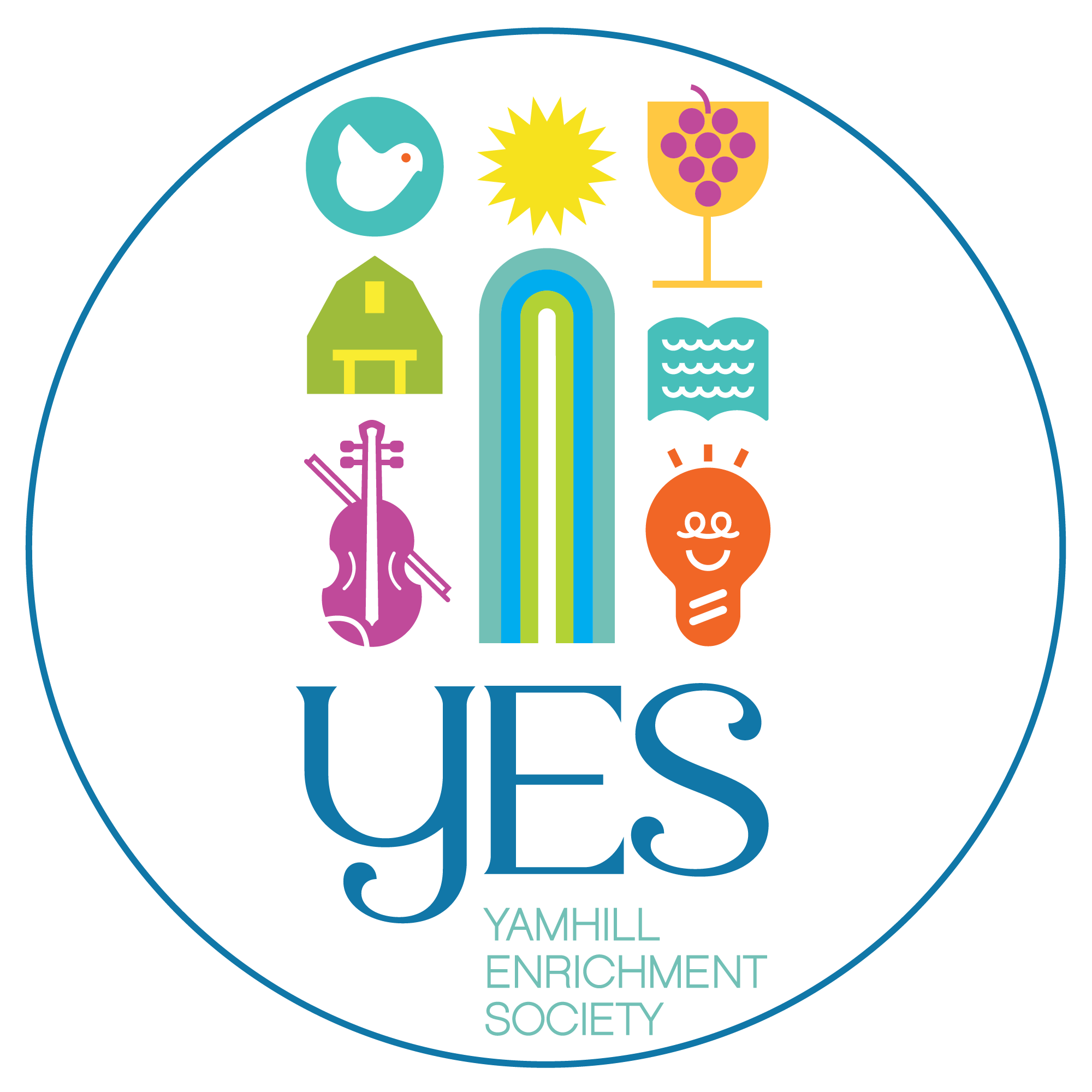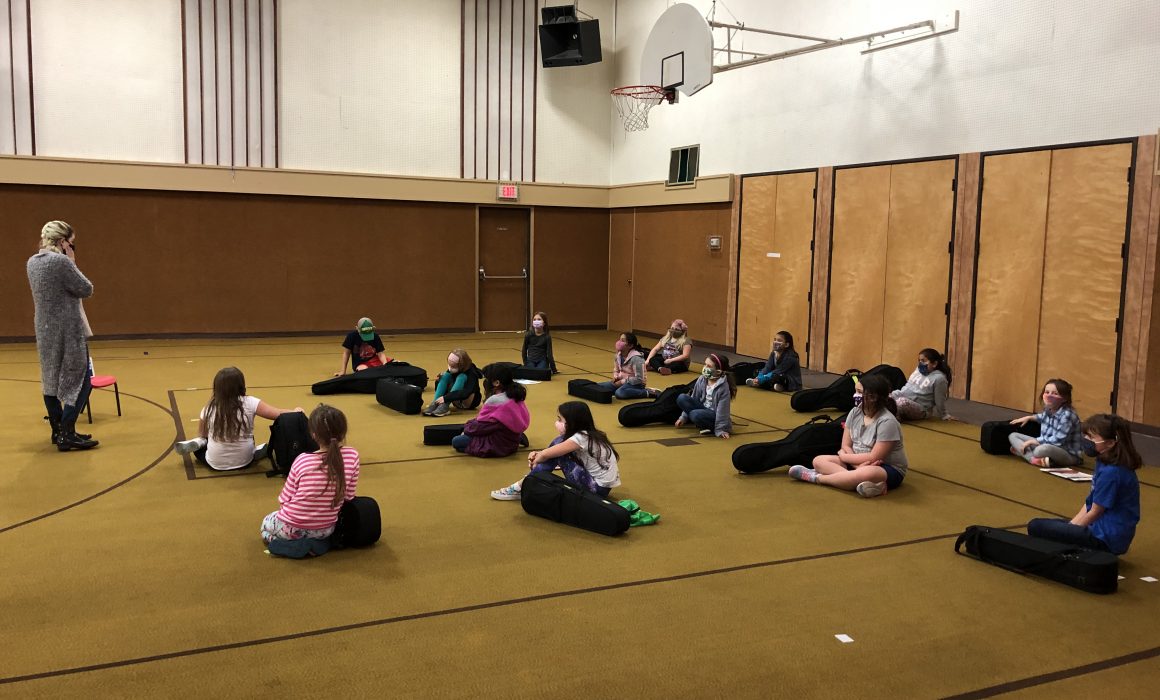JOY is Found in Transition
Over the summer, the JOY team has worked on plans to prepare for the beginning of the school year. We entered summer with the hope that in the fall, we would be able to rehearse at the Elementary School music room like normal. As numbers of COVID-19 cases in our region continued to be too high, our local district had to make the plan in early August to start the school year with Comprehensive Distance Learning (CDL) instead of a hybrid plan.
Because of this shift online, that meant JOY had to come up with a plan for our options to make rehearsals and learning accessible. We also are tasked with making sure we keep our enrollment high so we can continue the momentum we’ve worked hard over the years to build. Many music programs across the state and nation, be it in-school or otherwise, are also facing these challenges too.
In the midst of the uncertainties of the fall that we had faced, we decided at the end of the school year that we would continue planning for a first-annual JOY Summer Day Camp. During the week of August 24-28th, 12 of our returning JOY orchestra students joined us at the Newberg Friends Center for physically distanced rehearsals and music activities that ended with a concert at the end of the week. It was a huge success!
Now you’re probably wondering, “How did you get a group of incoming third graders to physically distance, wear masks, and make good choices?” Ultimately, how we designed the summer camp was in coordination with state and local guidelines as well as additional advice and ideas from local music teachers.
First, we made sure the floors in our classrooms were set up with tape markings (6) feet apart and made sure chairs and stands were set up before students arrived so contact between students was reduced. At the end of each day, our team would sanitize chairs and stands with a water and bleach mixture.
Second, we included in our camp activities games that wouldn’t require close proximity between students and encouraged students to spread their “eagle wings” whenever they were too close to someone else. We also had designated times in small, closely monitored, socially distant groups that our kids could be outdoors and take a mask break.
Third, we spent most of the day of camp in two, smaller groups so we could better monitor student activity. We also had assigned a teacher to lead each group with a counselor to limit large groups of students for most of the day.
Finally, as part of contact tracing and general local and state guidelines, we took temperatures each morning for all students who came in and screened for symptoms. This only covers some of the measures we took, but as a result we have had zero cases of coronavirus come up in our group. Our tedious efforts were absolutely worth their while and proved that they work.
I think all of us teachers, students, and parents were struck at how impactful and important this summer camp was for all of us. After hearing positive parent feedback, it became clear more than ever that we would need to plan a way to play in-person together for the fall.
Now, here we are. This week we were confirmed to begin using the Newberg Friends Center space again for our After-School Orchestras, which is exciting. We are gearing up to get our Intermediate Orchestra, who attended Summer Camp, started for hybrid learning next week. Up until then, we have been working with families about getting set up for our new Google Classroom site and doing one-on-one private lessons over video while we ironed out details of our rehearsal location.
In the next couple of weeks, we plan to start 14 Beginning orchestra students for in-person rehearsals while we reopen enrollment to second grade families. I’m hopeful that we can get at least 30 students enrolled in our Beginning Orchestra by the start of November, so we are planning a way to make that happen in coordination with my co-teacher Julia Pridavka and Edwards music teachers Janis Dodson and Beth Randolph. We’re also going to work with our parent group to help promote program enrollment in the school!
As it happens, Janis, Julia, and Beth are planning activities for the JOY In-School Violin program. Our kindergarteners will have the opportunity to put together box violins at home through kits that YES (the Yamhill Enrichment Society) and JOY are providing. Julia, who is our Site Director and Violin Teaching Artist, will also be instructing kids and families through online learning how to put their violins together. In the meantime, we are still developing curriculum for our first graders, who at this point would normally play on real violins, to give meaningful instruction through remote learning.
Friends, this season is such an interesting one to be in as a musician, teacher, and program coordinator. I’m sure you are here with me too. If I have learned anything, it’s that when times are difficult, it is an opportunity to creatively reimagine what you can do to make something work. While COVID-19 related closures since March have made teaching music more challenging, and have revealed inequities based on race or socioeconomic status, it has still posed an opportunity to be imaginative in how we teach and how we make programs like ours accessible.
This move to hybrid learning couldn’t have been done without the support of parents, an amazing JOY teaching team, and YES. I am also thankful for you all for keeping up with us and continuing to support our efforts to create access to high quality music education in Yamhill County!


